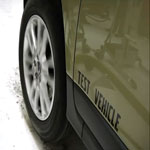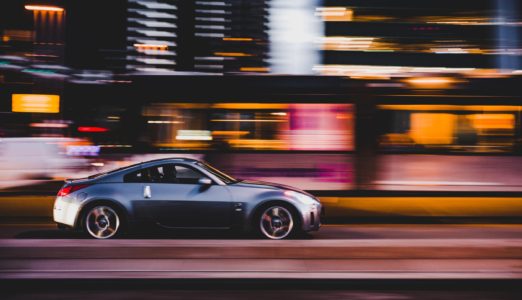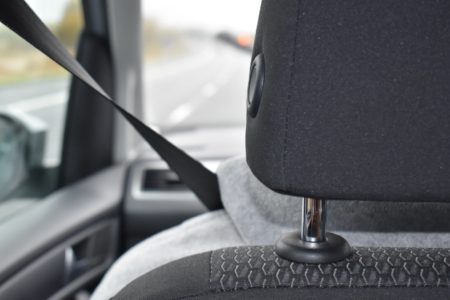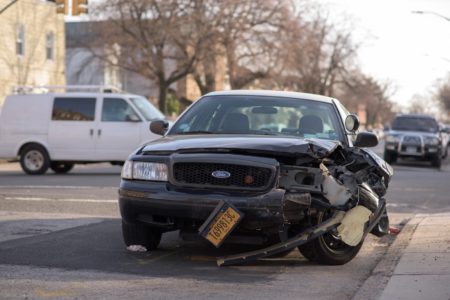How to Drive a Car | High Tech Car Research
As a young driver just learning the basics of how to drive a car some of the R&D happening today is not of any use to you. But when you become a parent teaching your teen how to drive a car you will need to teach how to drive a car safely using the technology of 2036.
Your parents learned how to drive a car before there were cell phones, ipads, GPS devices and DVD players. However today they need to teach their teen how to drive a car and not be distracted by all this modern day technology. By the year 2036 we can only imagine what the technology will be.
Learning how to drive a car will also introduce teens to car technology. A technology that may not be in place for another 10 year is being studied by Volvo. It is called “vehicle platooning”. Vehicle platooning is a convoy of vehicles where a professional driver in a lead vehicle drives a line of other vehicles. Each car measures the distance, speed and direction and adjusts to the car in front. All vehicles are totally detached and can leave the”train” at any time. Once in the platoon, drivers can relax and do other things.
Volvo, in conjunction with the SARTRE (Safe Road Trains for the Environment) project has carried out its first successful demonstration at the Volvo Proving Ground in Sweden. It is the first time the 7 development teams in SARTRE have trialled their systems together.
“Platooning offers the prospect of improved road safety, better road space utilization, improved driver comfort on long journeys and reduced fuel consumption and hence carbon dioxide emissions. With the combined skills of the 7 participating companies, SARTRE is making tangible progress towards the realisation of safe and effective road train technology”. says Tom Robinson, SARTRE project coordinator, of Ricardo UK Ltd.
The testing used a lead vehicle and one following car. The steering wheel of the following car moves by itself as the vehicle follows the lead car around the test track. The driver in the following car doesn’t need to touch the steering wheel or foot pedals.
Platooning is designed to improve a number of issues when driving a car.

- It minimises the human factor, driver distraction, which causes more than 80 per cent of road accidents.
- It saves fuel consumption and thus carbon dioxide emissions by up to 20 per cent.
- It provides the driver with greater convenience
- It relieves traffic congestion.




